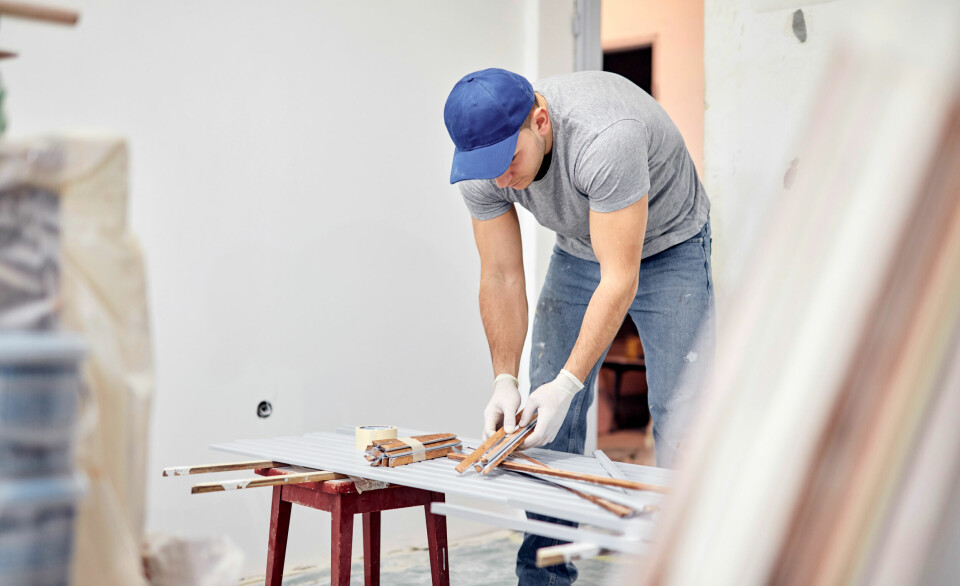DIY solar panels in France: Considering the pros and cons
Solar panels help combat rising electricity costs - at a price
Solar panels may not necessarily be a cheaper option long-term
Nick Inman
I do not usually write about projects I have not done myself, but this month I want to cover one because I am thinking of doing it – and so many people seem to be talking about it.
Do-it-yourself solar panels sound like the answer to soaring electricity bills, but it is worth going through the pros and cons before you make a decision.
Not so long ago, photovoltaic panels were left to specialist companies to install on roofs. Now we are in the era of cheap, ground-level “plug-and-play” panels, which generate a little free electricity and need no expert knowledge to install.
You can buy as many as you need in a DIY shop or on the internet, assemble them according to the instructions and plug the cable into your home electricity circuit to start saving money immediately.
Read more: DIY solar panel installation cost in France set to rise: why and by how much?
DIY solar panels
That is the theory, but I am a cautious fellow and before I take the plunge I have been researching the practicalities of creating your own solar power station at home.
Note, so that no one misleads you: if you are hoping to sell electricity to your power company you will need to ensure your region is sunny enough. You will also need a much bigger set-up that is professionally installed.
So is it worth the bother to produce a relatively small amount of juice? It depends. Call me a ditherer, but I think it is worth considering very carefully what you are going to do before you give any money to an optimistic salesperson.
There are certain questions you should ask yourself – quite apart from finding a reputable company that will not rip you off and will be willing to deal with any after-sales problems.
The first question is: how many panels do you want and need? Each panel has a power rating – typically 400 watts – but this is working at peak efficiency and you will probably want to calculate its potential delivery against your expectations.
Although the new generation of panels are fairly efficient, there will be days when they generate little current at all. You do not want to go to a lot of trouble just for a trickle of juice to run a lightbulb. One panel will not do much alone.
Depending on your consumption, you are looking at two or three panels minimum. Even then, do not expect huge savings; you will only ever knock a portion off your electricity bill. They are never going to take you off grid. I am always wary of claims such as “they will pay for themselves in five years”.
Read more: New rules lower aid for home solar panels in France
Where do you place solar panels?
The second question (related to the first) is: where are these panels going to go? How many can you realistically accommodate? These are not small objects: the bigger the surface area, the more light rays they collect.
The ones I have been looking at measure 1.75m x 1.2m each. They take space and they are not particularly attractive objects. Put two or three together and you soon cover a patio. Not all of us want to give our sunniest patch of ground over to featureless, sloping black rectangles.
There are also planning rules to consider and you should check what is permissible with your mairie.
Thirdly: how are you going to connect your panels to your mains? The suppliers will tell you to just plug a cord from the panels into the nearest socket, but do not assume it is as simple as that. If the route is long, you may need a sturdier cable than the standard one, and that will increase the budget.
All the above is general, preliminary thinking. If you are still interested in doing it, you will also need to consider the specifics of how you are going to go about the project, which I will cover next month.





























